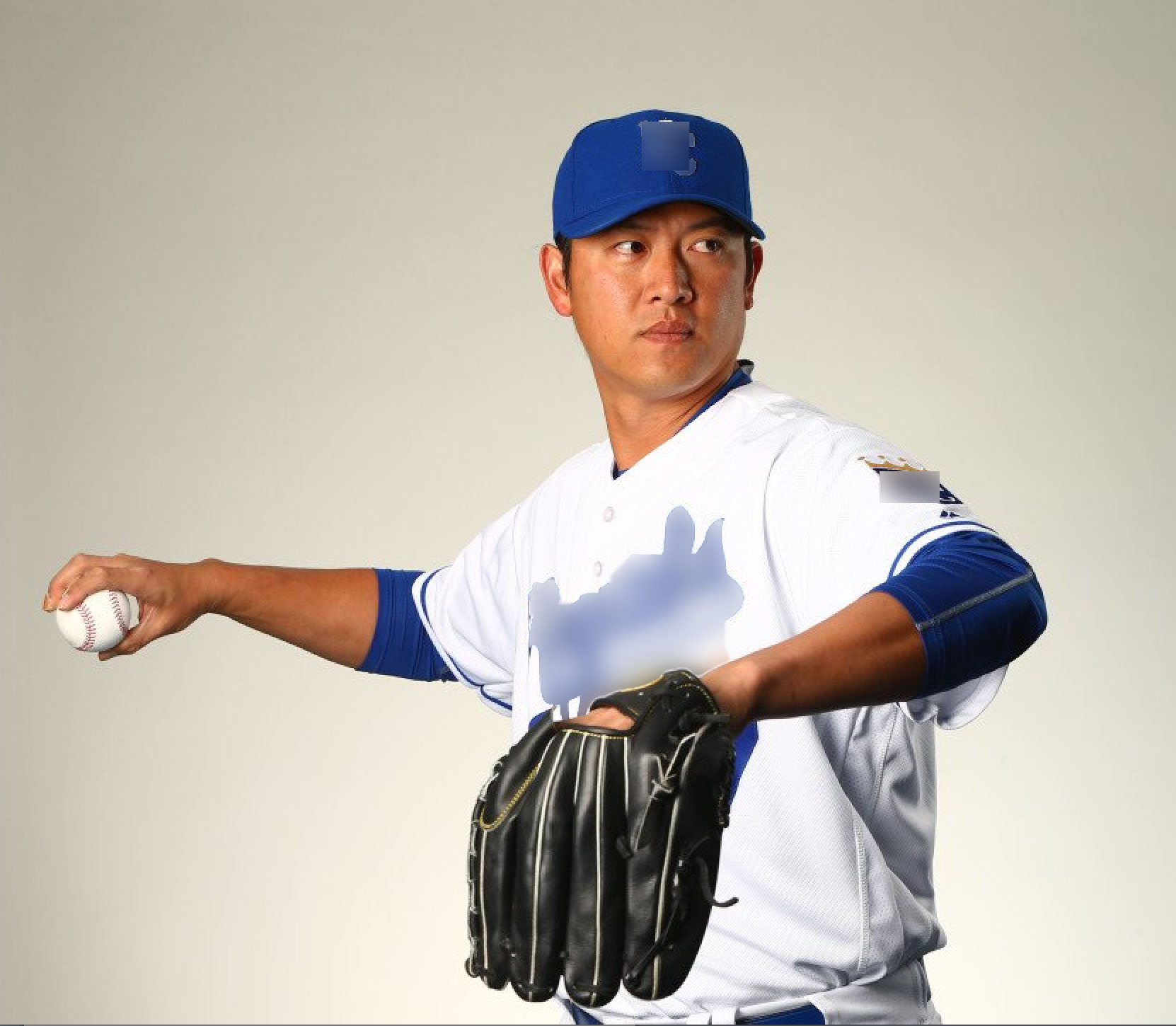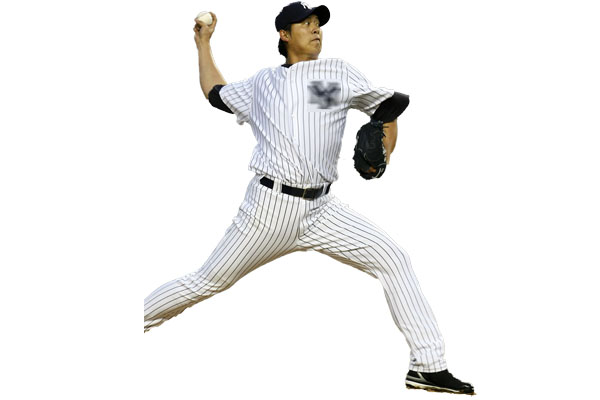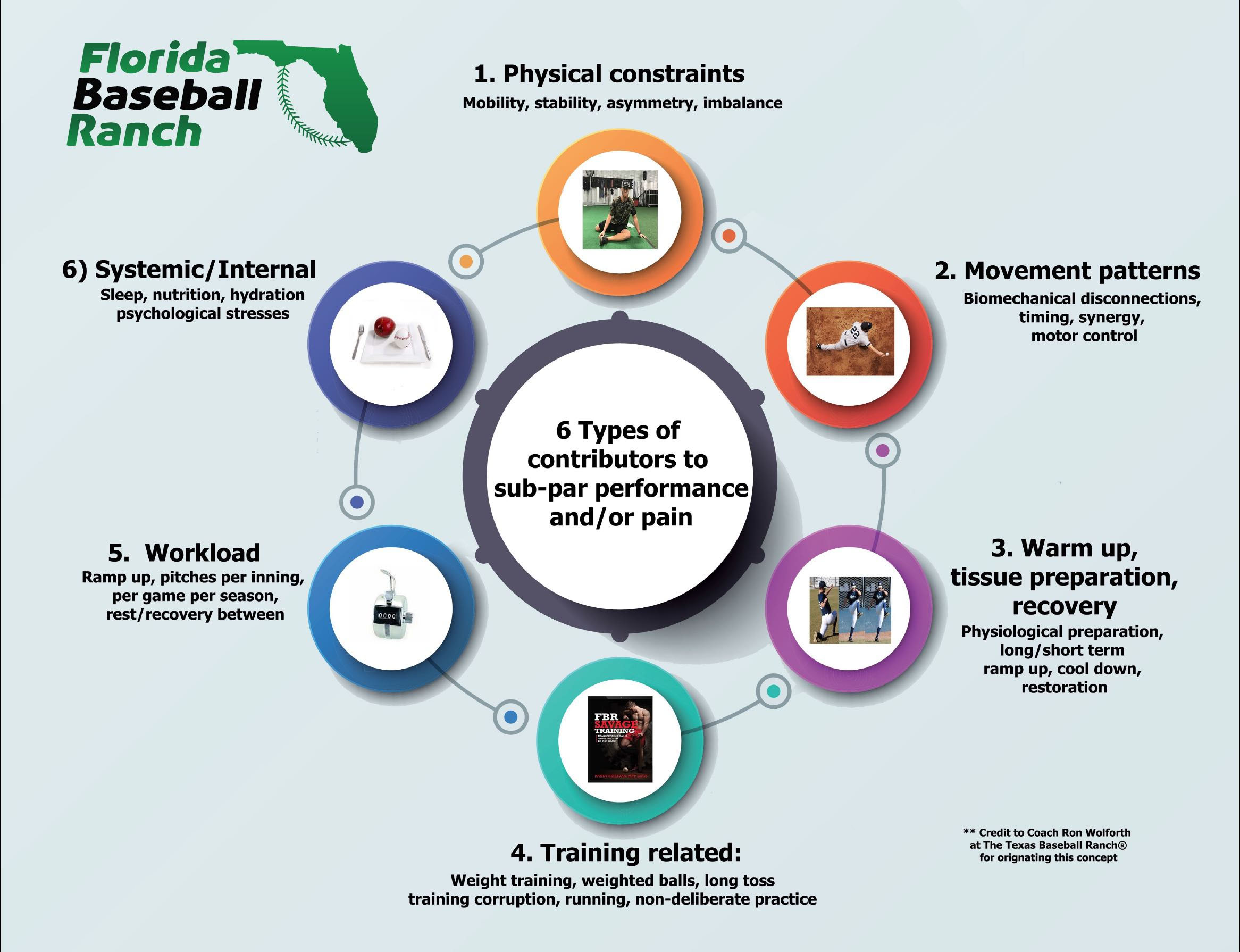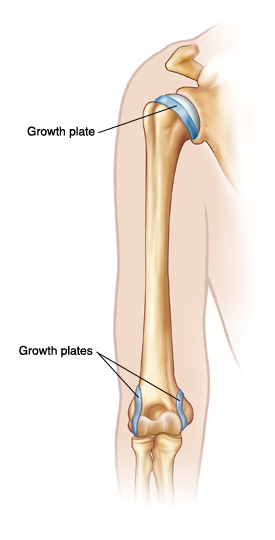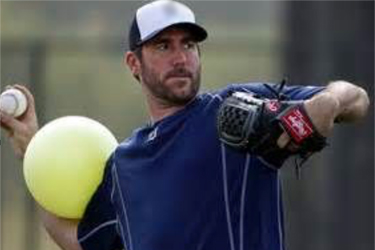Welcome To TWITs Anonymous
My name is Randy Sullivan, and I am a recovering TWIT coach. For years my coaching style involved a traditional style that has come to be popularly known as TWIT Coaching. Here’s the basic formula for TWIT coaching: T: We Tell the player how to perform a skill (maybe even demonstrate it.) W: We Watch him do it. I: We stop Immediately Inform of all the things he did wrong. T: Then we Tell him how to do it better (sometimes demonstrating again while pointing out the most intricate details of the movement). If the player doesn’t get it quickly enough, we make him do punishment runs or pushups.





